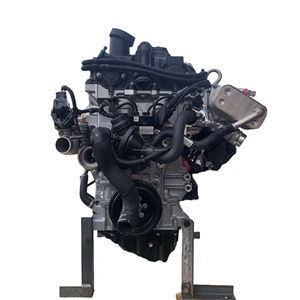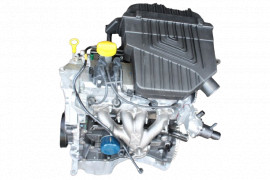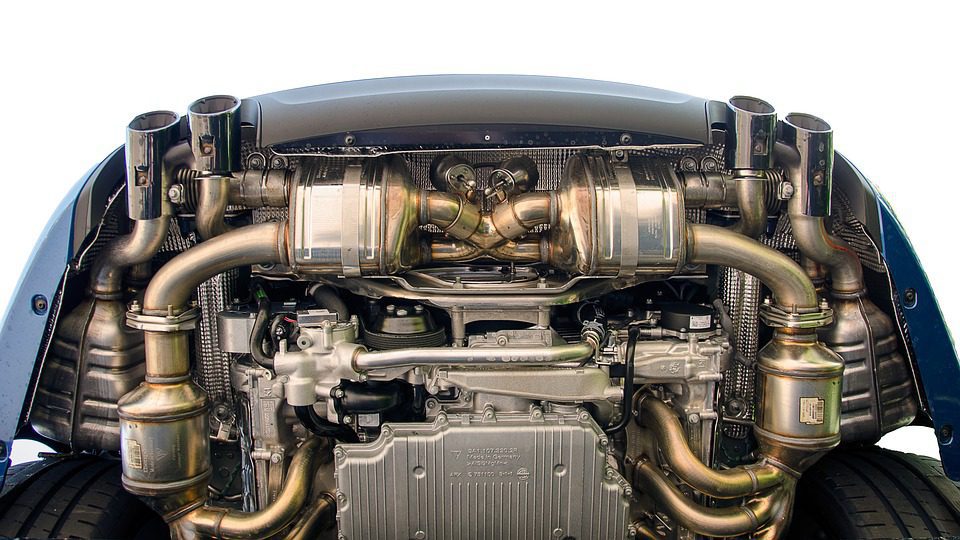Checking Out the Inner Functions of a Compact Car's Engine System
As drivers, we typically take for granted the elaborate processes that occur within the boundaries of our vehicle's engine system. In this expedition of a portable car's engine system, we will certainly decipher the inner functions of this mechanical symphony, shedding light on the mysteries that drive us onward on our everyday journeys.
Combustion Refine Overview
The combustion procedure in a portable automobile's engine system is an essential device that successfully transforms fuel right into power to power the vehicle. This procedure occurs within the burning chamber of the engine, where fuel and air mix, spark, and generate controlled explosions. The burning procedure is composed of 4 main phases: intake, power, exhaust, and compression.
Throughout the intake stage, the piston relocates downward, attracting in a combination of air and fuel right into the burning chamber. The next stage, compression, includes the piston relocating upward, compressing the air-fuel mix to enhance its potency. Subsequently, in the power stage, the stimulate plug fires up the pressed mix, leading to a quick growth of gases that requires the piston pull back. This descending movement produces the power required to drive the car. Ultimately, in the exhaust phase, the scorched gases are gotten rid of from the combustion chamber via the exhaust valve, preparing the chamber for the next cycle. This cyclic combustion procedure is essential to the procedure of a compact automobile's engine system, making certain effective power conversion for propulsion.
Piston and Cylinder Communication

The piston's accurate fit within the cylinder is essential for preserving optimal compression and protecting against energy loss during combustion. Limited clearances between the piston and cylinder walls guarantee reliable sealing, permitting the piston to relocate smoothly without permitting gases to leak past. Correct lubrication is likewise crucial to minimize rubbing and wear in between these components, improving durability and performance.
Additionally, the layout and materials used in producing the piston and cyndrical tube effect engine efficiency and toughness. Modern engines usually utilize lightweight yet resilient products like light weight aluminum alloys for pistons and cyndrical tube liners to minimize inertia and enhance thermal performance. Generally, the unified interaction in between the piston and cylinder is essential to the engine's capability and general performance.
Gas Injection System Functionality
Gas injection systems in portable lorry engines play an essential official statement duty in specifically supplying gas to the burning chamber for reliable and controlled ignition. The gas injection system functions by injecting gas right into the combustion chamber at the optimal minute during the engine's procedure (opel corsa engine). This precise timing guarantees that the fuel blends uniformly with the air for proper combustion, leading to enhanced fuel performance and minimized discharges
There are mostly 2 kinds of fuel shot systems made use of in portable automobile engines: port gas shot (PFI) and straight gas injection (DFI) PFI systems infuse fuel right into the intake port prior to the intake shutoff, while DFI systems infuse gas straight right into the burning chamber. Both systems have their advantages, with DFI offering much better fuel atomization and PFI supplying an extra economical solution.
Understanding Engine Cooling Systems
Effective operation of a compact vehicle's engine relies greatly on the effectiveness of its cooling devices. The cooling system in a portable lorry normally consists of numerous components working together to manage the engine temperature level. Understanding these engine cooling systems is crucial for preserving the efficiency and long life of a portable car's engine system.

Exhaust System Parts Explained
The ideal performance of a compact lorry's engine air conditioning systems depends on a corresponding system understood as the exhaust system, which comprises different essential elements for making sure reliable exhausts and engine efficiency. The exhaust manifold gathers exhaust gases from the engine's cyndrical tubes and paths blog them to the catalytic converter.
One vital element of the exhaust system is the oxygen sensor, which checks the oxygen levels in the exhaust gases to help regulate gas intake and make sure optimal engine efficiency. opel corsa engine. Additionally, the resonator might be present in some exhaust systems to decrease noise degrees. Overall, the exhaust system plays a vital role in keeping engine effectiveness, reducing harmful emissions, and making sure a quieter driving experience for compact car proprietors

Final Thought
To conclude, the portable car's engine system is an intricate mix of elements that work with each other to assist in the burning procedure, convert fuel into power, and eliminate waste gases. Recognizing the internal workings of the engine system, consisting of helpful resources the piston and cylinder communication, fuel shot system, engine air conditioning systems, and exhaust system elements, is vital for keeping optimum efficiency and effectiveness of the vehicle.
The combustion process in a compact automobile's engine system is a critical system that effectively transforms fuel right into power to power the automobile.Fuel injection systems in portable vehicle engines play a vital function in exactly providing gas to the burning chamber for efficient and controlled ignition.There are mainly two kinds of fuel shot systems made use of in compact vehicle engines: port gas shot (PFI) and direct gas shot (DFI) Understanding these engine cooling systems is important for keeping the performance and long life of a portable car's engine system.
The ideal functioning of a portable automobile's engine cooling mechanisms depends on a complementary system known as the exhaust system, which makes up various vital elements for making certain efficient emissions and engine performance.